The DataSquad is a team of undergraduate students who support data-related projects at UCLA. Our mission is to facilitate data processes for sustainable, replicable, and reproducible research, teaching, and workflows. Members of the DataSquad do not create, interpret, analyze, dictate, or otherwise change the nature of data sets outside of the prescribed task. The DataSquad is a part of the UCLA Library Data Science Center service and was made possible with a generous gift from Norman Powell. The UCLA DataSquad service is a chapter of the DataSquad International, a service model initiated by Carleton College.
Coding Consultation
Do you need help with R, Python, Tableau, or other statistical programming tools? We can help you write efficient and cohesive code and recommend the best coding practices and tools for your project.
Data Cleaning and Manipulation
Do you need help with collecting, cleaning, and using data? Our team can help clean and manipulate your data in Python, R, and SQL.
Data Visualization
Need help with visualizing or displaying the data you have? Our members can help build informative and attractive visuals using Tableau, R’s ggplot, base R, and Python.
Statistical Consulting
Do you need help understanding statistical concepts or how to implement analysis using statistics in your projects? Our members have strong backgrounds in the subject of statistics.
Day |
Times |
Tuesday |
|
Wednesday |
|
Thursday |
|
| 01-30-2025 | Recent Projects at the DSC | Madeline Kim |
| 01-27-2025 | New DataSquad Member: Connor Lim | Madeline Kim |
| 11-17-2024 | Introducing the 2024-2025 DataSquad! | Madeline Kim |
| 03-14-2024 | Using Tools to Automate the Extraction of Metadata and Text for Research | Aimee Xu |
| 07-27-2023 | From African American 188 to Helicopter Surveillance: Kate McInerny’s symbiotic relatio... | Emily Gong |
| 07-15-2023 | DataSquad Spotlight: Kristian Allen | Emily Gong |
| 05-27-2023 | DataSquad Spotlight: Tristan Dewing | Emily Gong |
| 06-02-2022 | The First UCLA DataSquad | William Foote |
| 09-16-2021 | Harmonizing Data to Under'stan'd Music Industry Success | Library Staff |
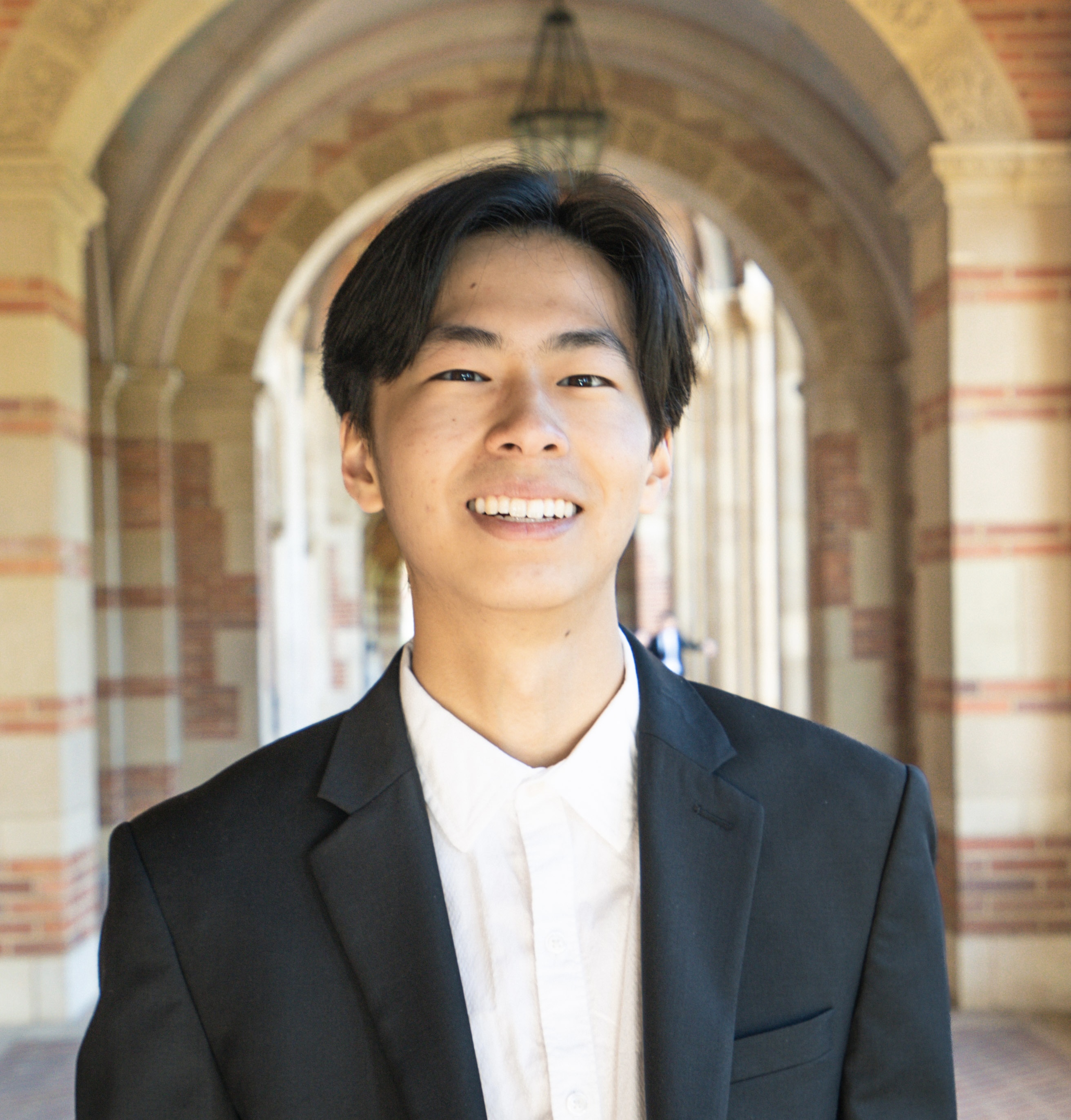
Project Manager
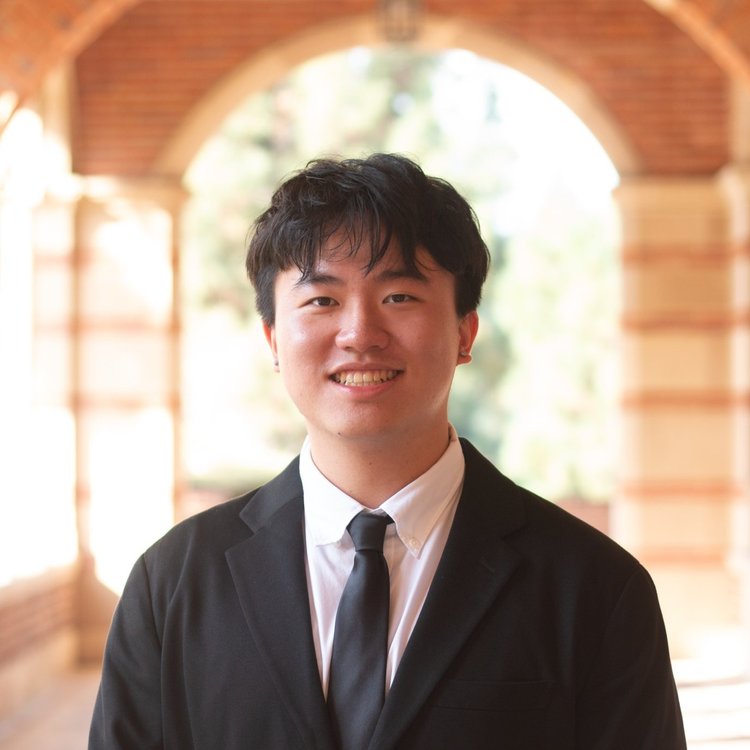
Data Scientist
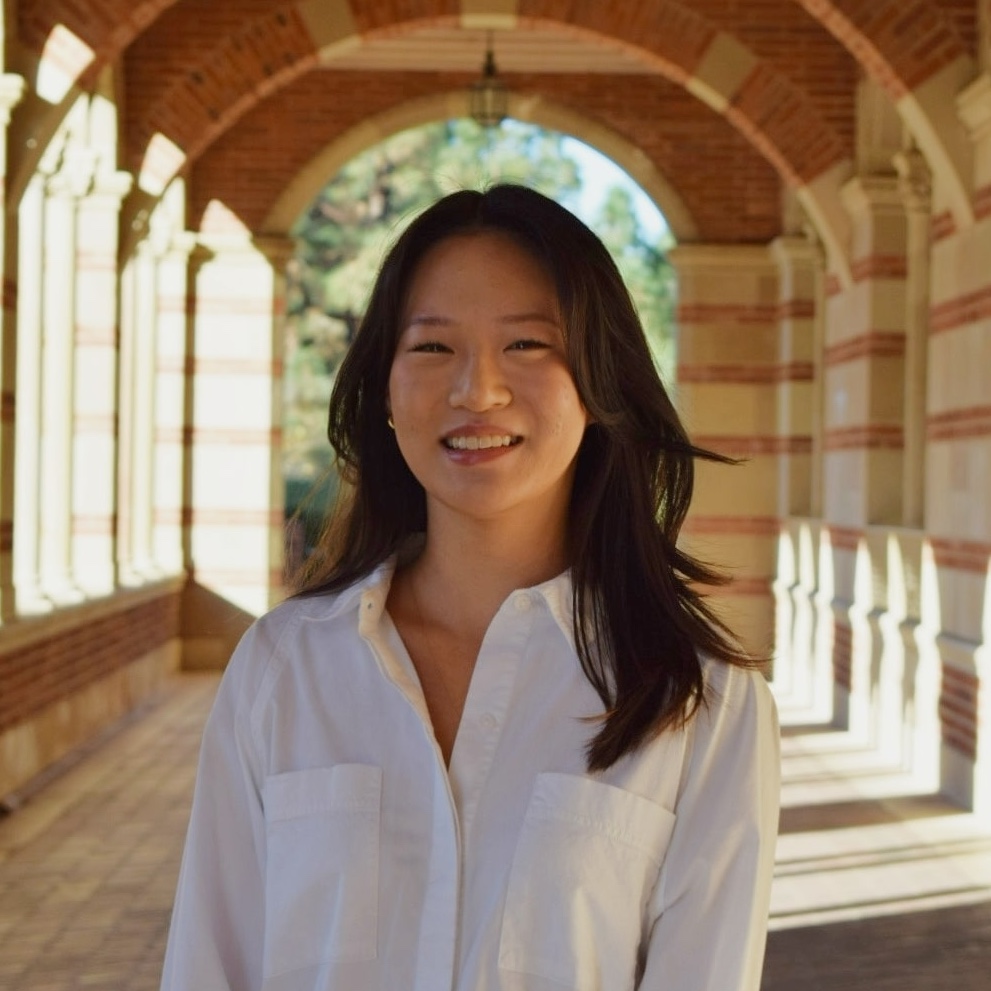
Data Scientist
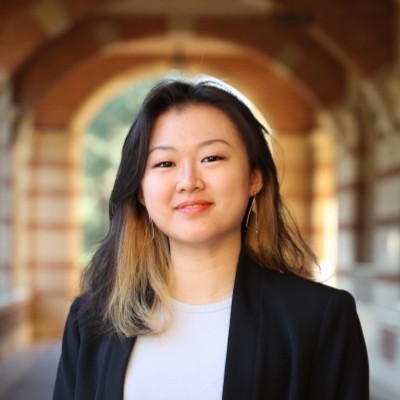
Data Scientist
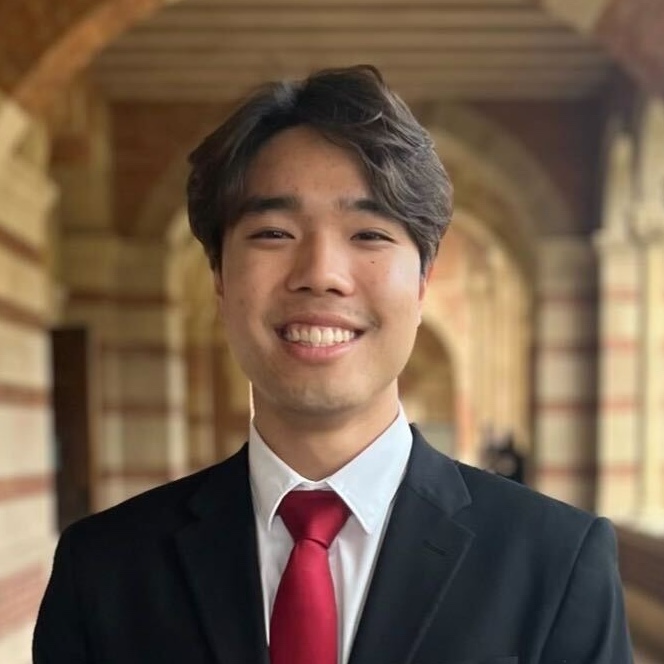
Data Scientist
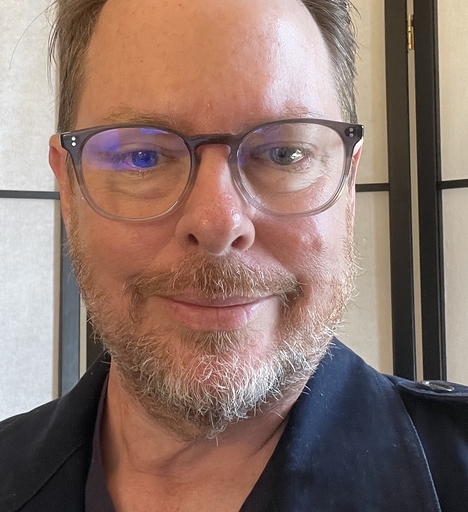
Program Co-director
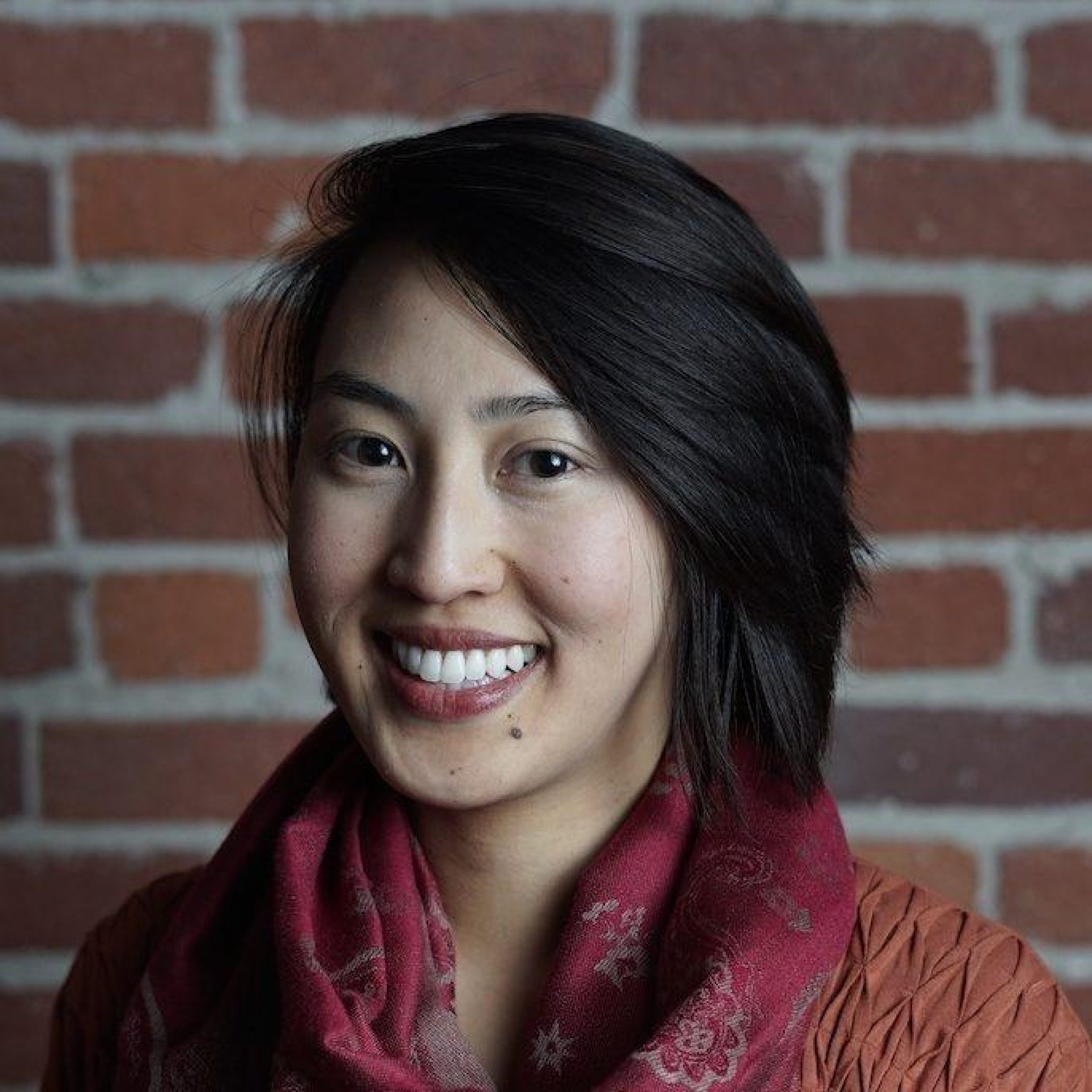
Program Co-director
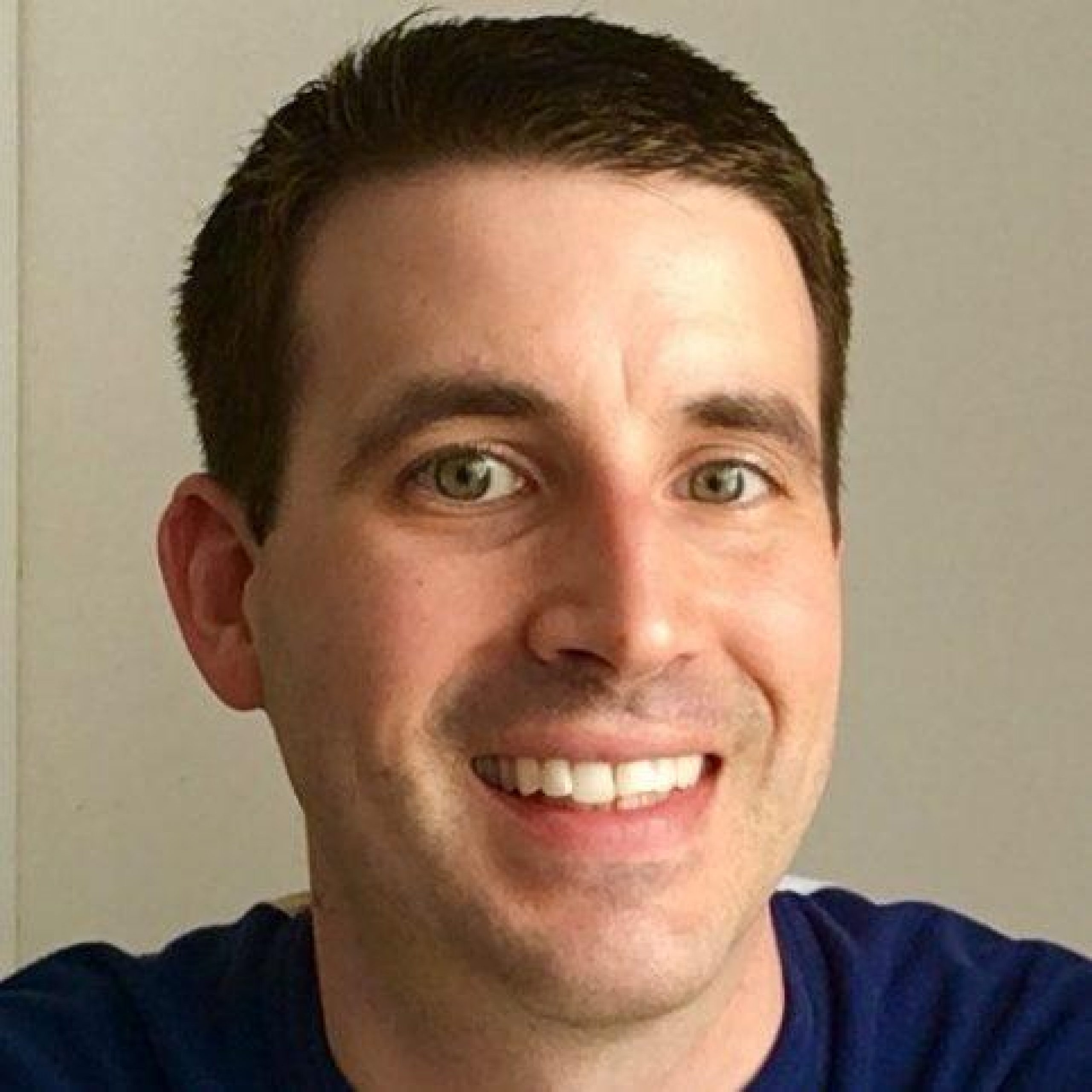
Software Architect
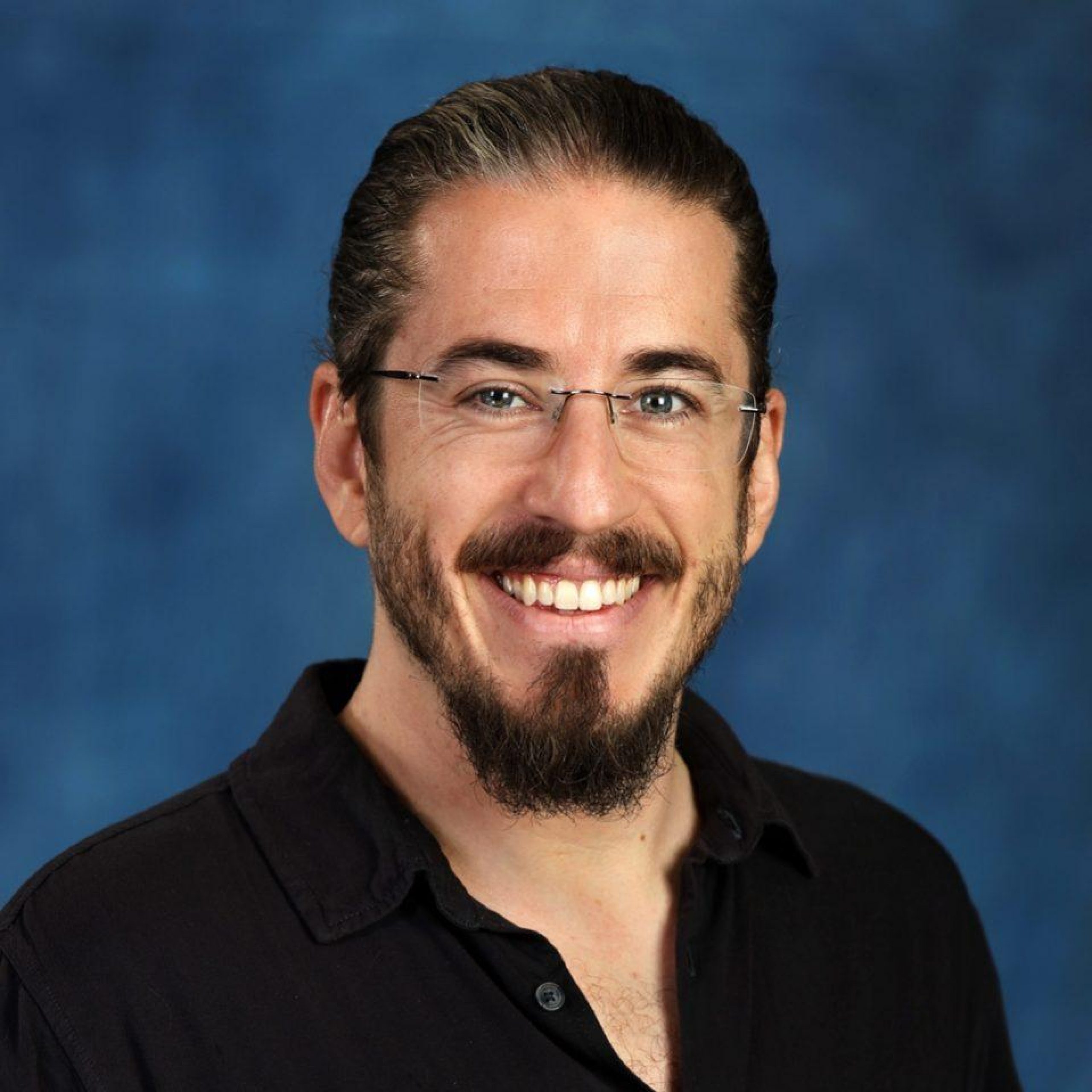
Emerging Technologies Librarian
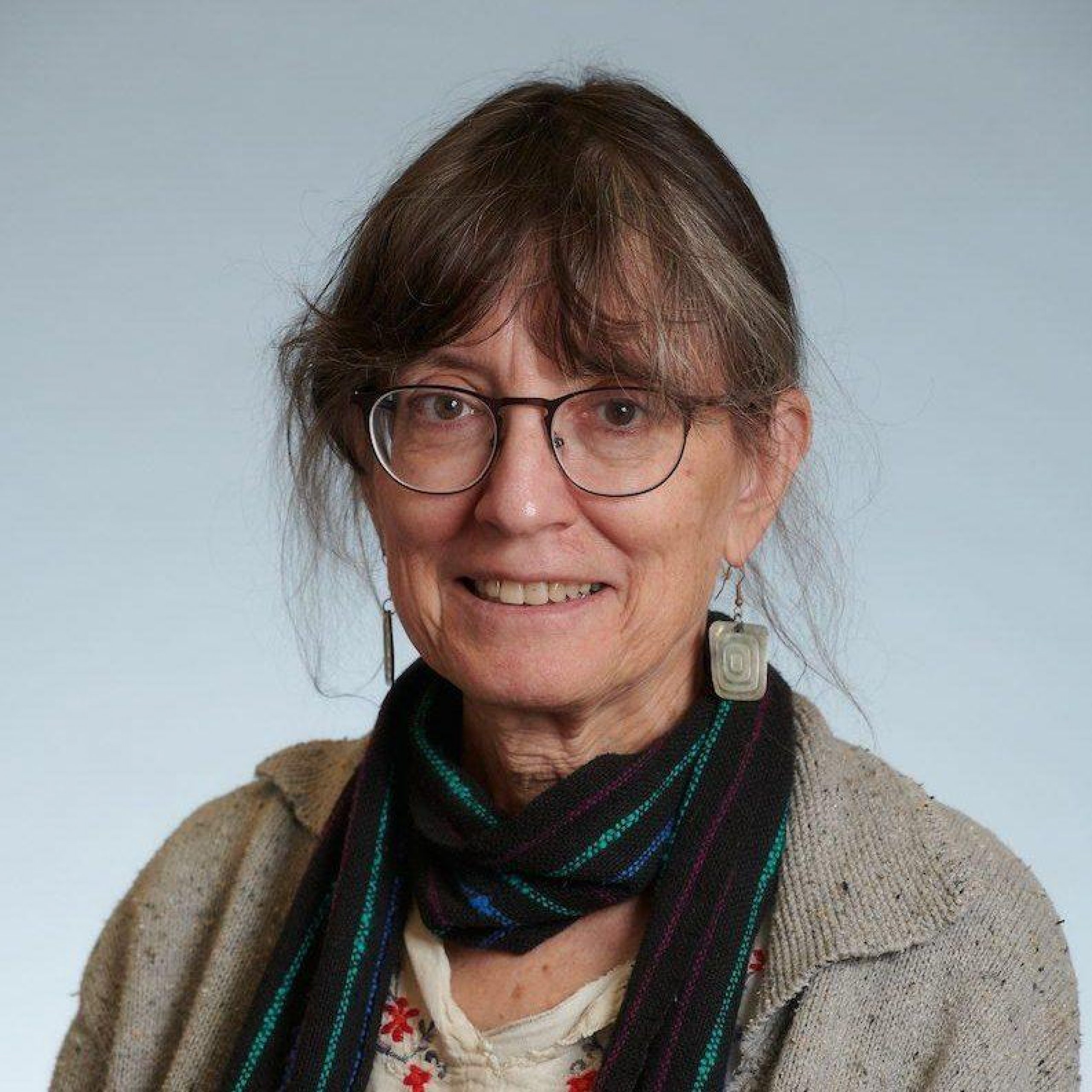
Collection Manager
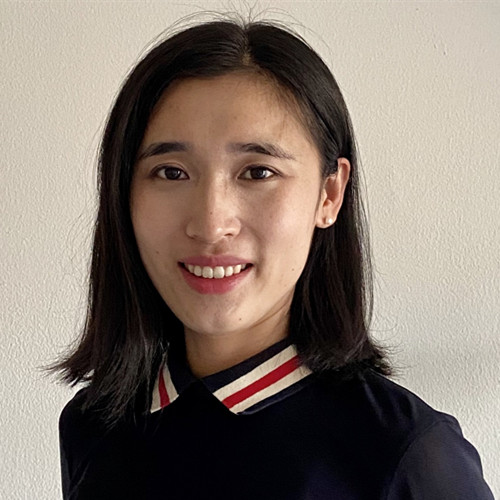
Program Co-director
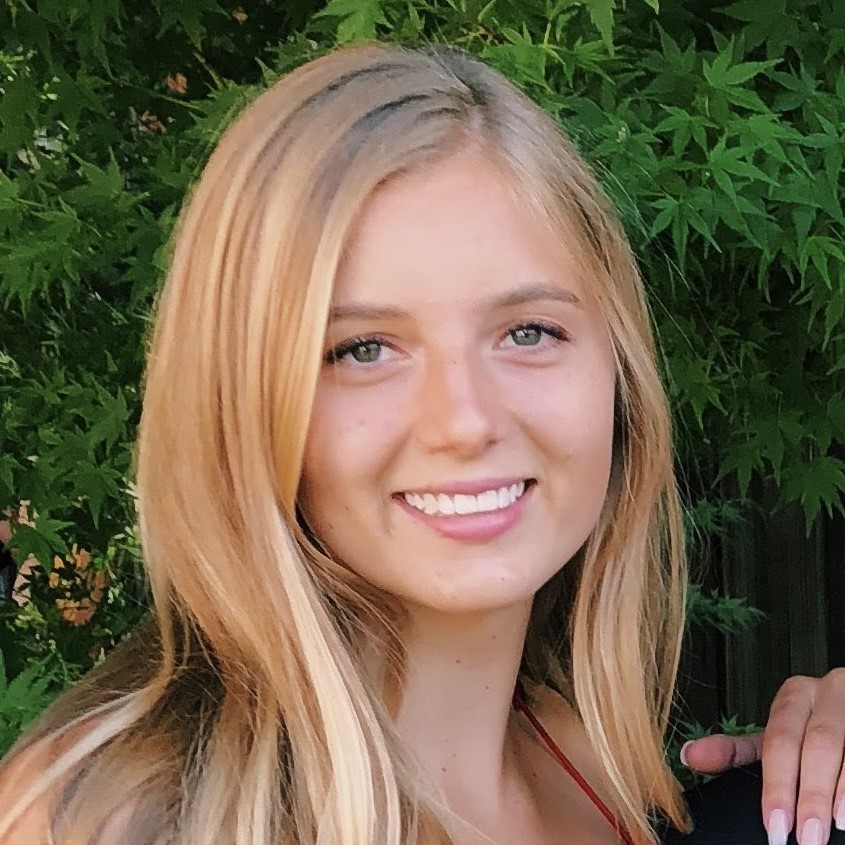
Data Science Consultant 2021-22
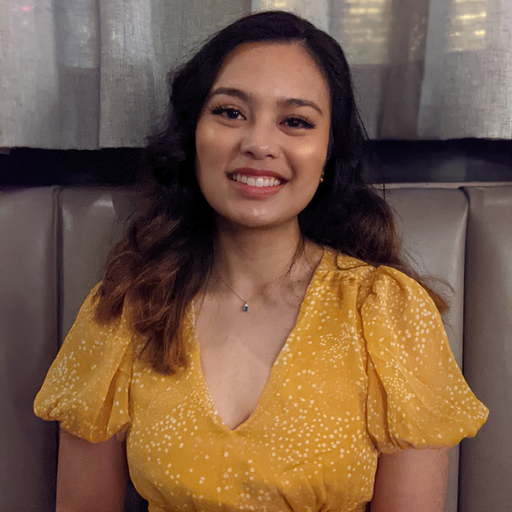
Project Manager 2021-22
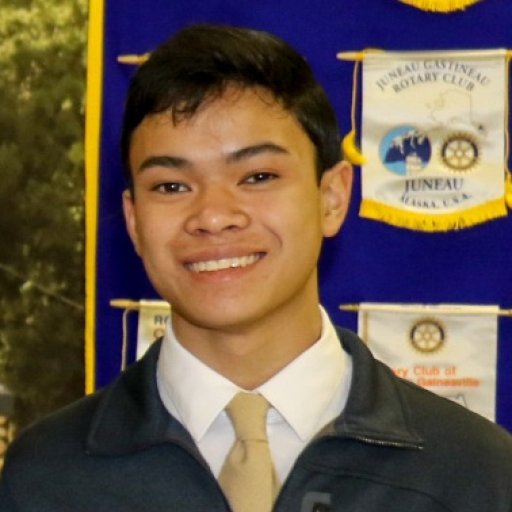
Technical Writer 2021-22
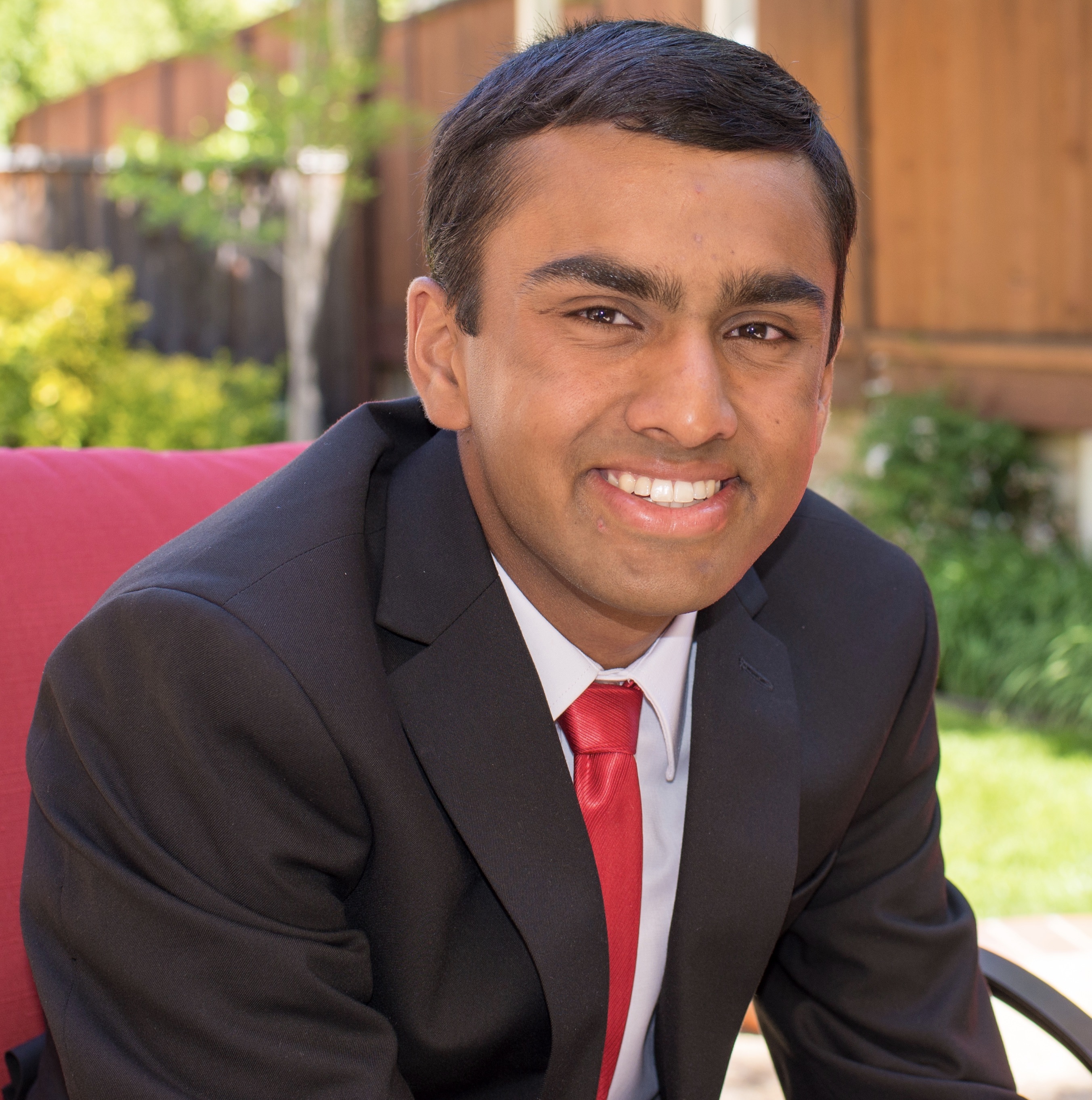
Data Science Consultant 2021-22
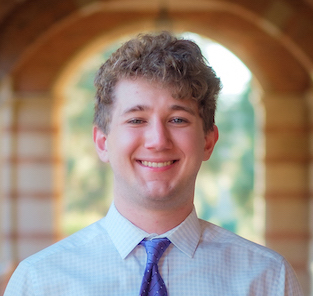
Project Manager 2022-23
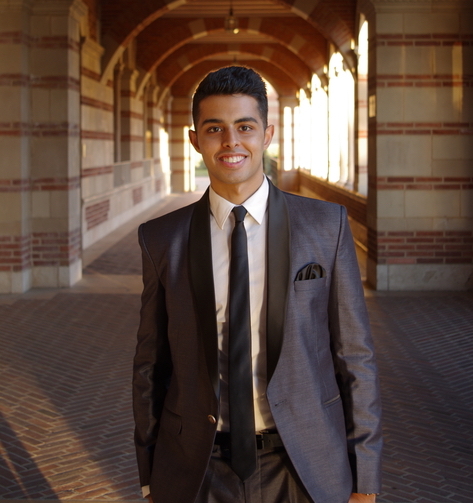
Norman Powell Data Science Consultant 2022-23
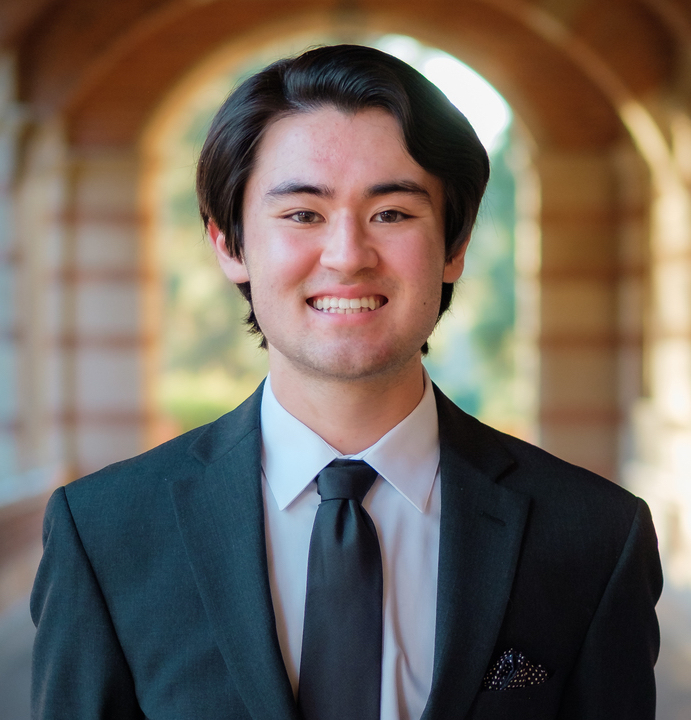
Norman Powell Data Science Consultant 2022-23
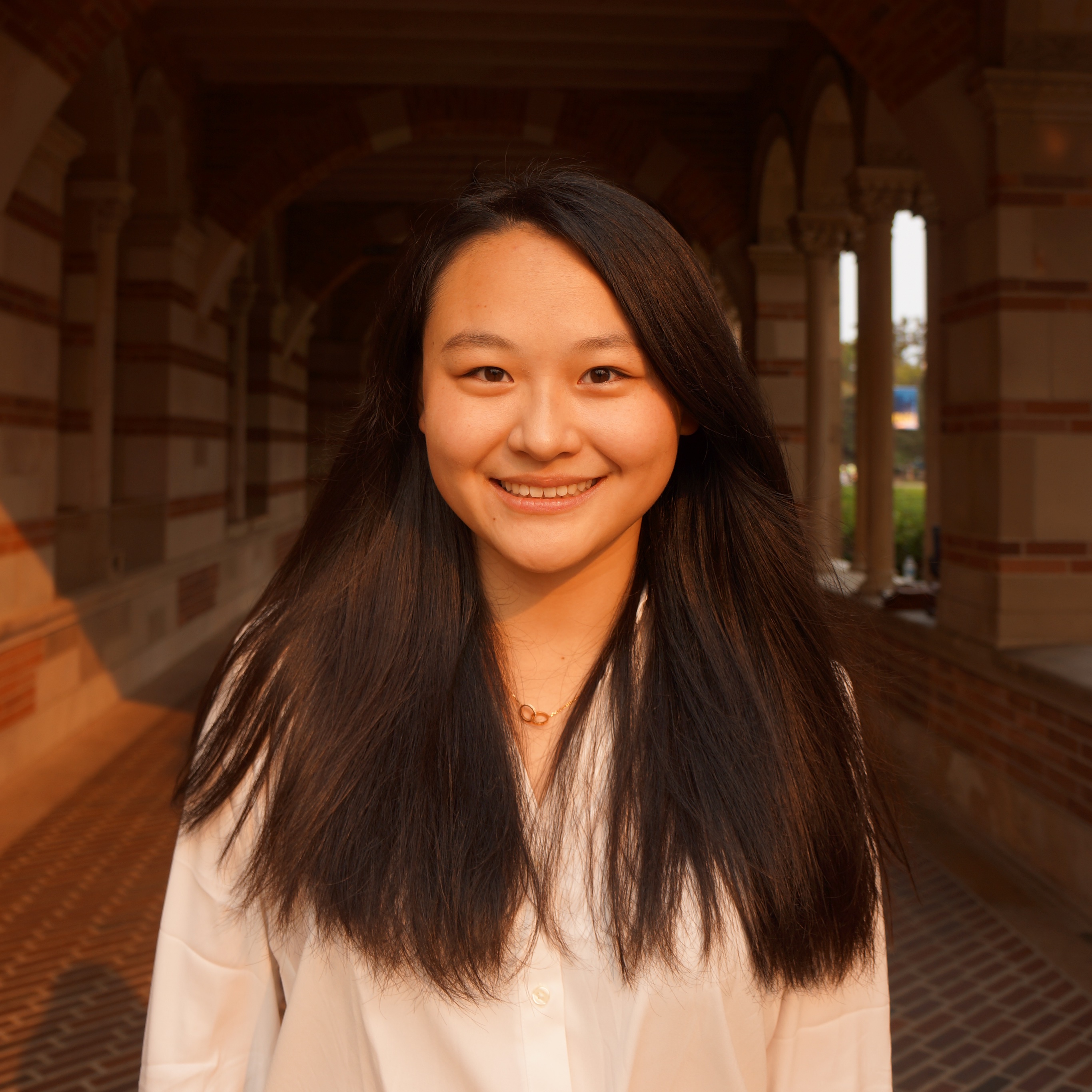
Project Manager 2023-24
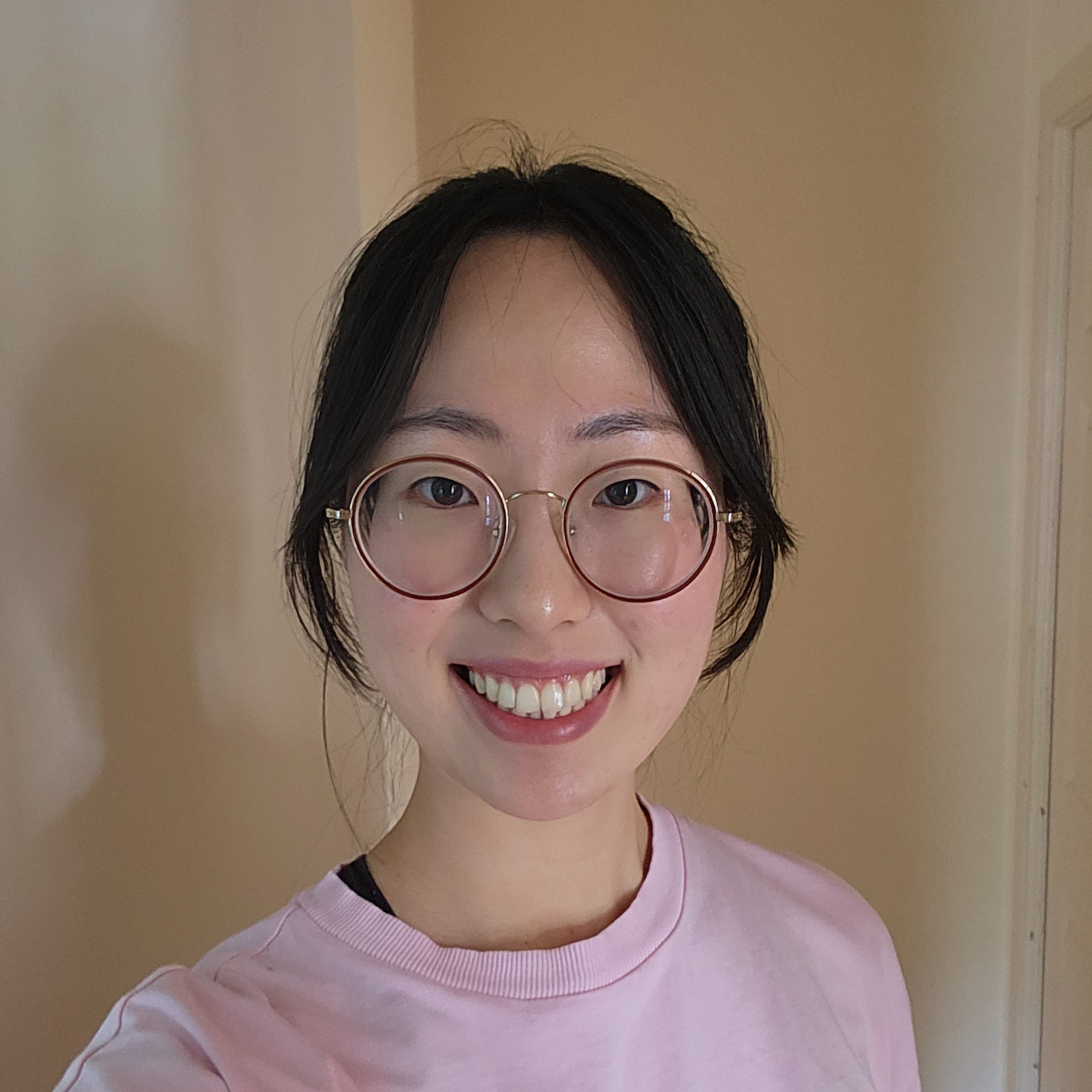
Data Science Consultant 2023-24
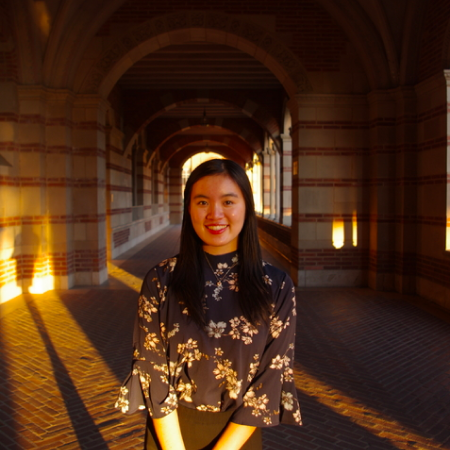
Data Science Consultant 2023-24
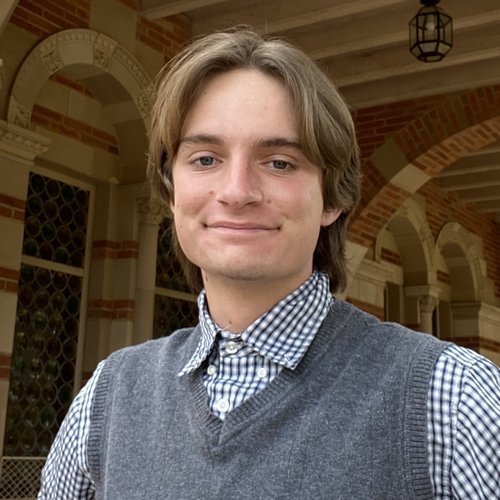
Data Science Consultant 2023-24

Data Science Consultant 2023-24
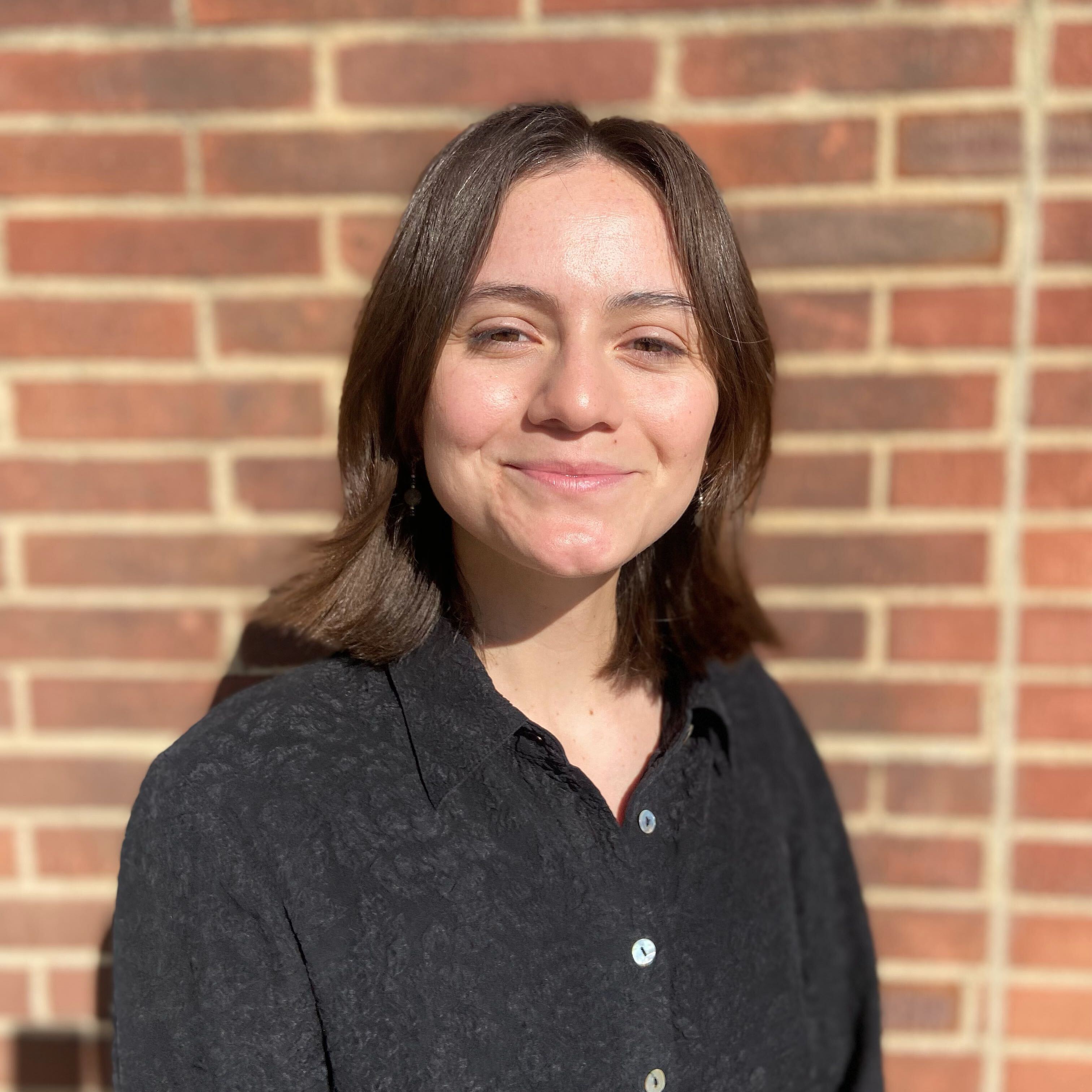
Lux Lab Student Programmer 2023-24